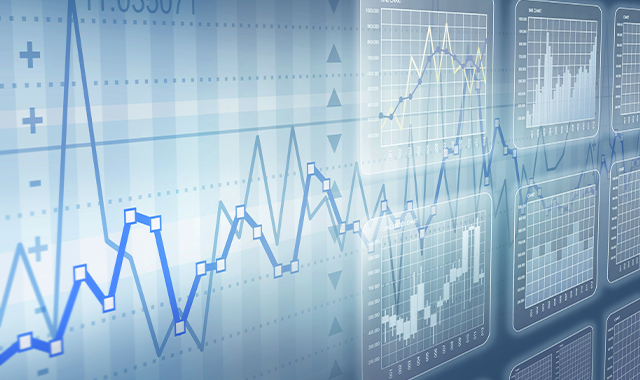Healthcare technology shouldn’t disappear with COVID19
Continuation of care for chronic conditions is essential.

While health care professionals and patients are adjusting to telemedicine as the new normal during the COVID-19 pandemic, some chronic conditions are more complex than others to address digitally, and yet, continuation of care for these patients is essential. According to the CDC, nearly 1.5 million Americans are diagnosed with diabetes every year and cases are certainly not on pause during this global health crisis.
For those caring for people with diabetes, connecting regularly with this at-risk population is key to continued success of disease management, especially for newly diagnosed patients. Real-time continuous glucose monitoring (CGM) can make the process of transitioning to telemedicine significantly more seamless for providers and patients.
Real-time CGM systems use a small, wearable sensor and transmitter to continuously measure and send glucose levels wirelessly to a smart device or receiver, giving patients real-time glucose data without the need to prick their finger. The systems also offer customizable alerts and alarms to help avoid dangerous low and high blood sugar events, and a function that allows patients to share their glucose data instantaneously with up to 10 followers, including their caregivers. Additionally, real-time CGM systems, such as the Dexcom G6, connect to CGM data analysis software platforms that display clinically relevant glucose patterns and trends in interactive reports for healthcare providers. These reports help clinicians track remotely how patients are managing their diabetes and provide actionable data for optimizing diabetes treatment plans.
COVID-19 has amplified the need for telehealth, and telehealth has amplified the need for real-time, cloud-based health data so providers can continue with uninterrupted patient care. This virtual care model is here to stay, and now is the time for healthcare professionals to lean into emerging technologies like CGM, proven to help clinicians provide exceptional care in a remote environment.
Real-time CGM systems provide people with diabetes’ and caregivers with real-time alerts for hypoglycemia and hyperglycemia, as well as seamless, remote access to key data such as time-in-range, daily glucose patterns, and time spent in hypoglycemia and hyperglycemia. These insights give clinicians information they would not be able to obtain otherwise–allowing them to identify patterns and make treatment adjustments, insulin dosing shifts, or lifestyle recommendations for the patient.
A recent report in Diabetes Technology and Therapeutics shares real-world evidence of how CGM devices and virtual check-ups are an effective approach for the management of patients with diabetes of all ages, even those newly diagnosed. Similarly, during the pandemic, hospitals across the country are looking for ways to remotely monitor diabetes patients who are hospitalized at higher rates and more prone to complications with COVID-19. Only a few weeks ago, the FDA made real-time CGM temporarily available for in-hospital use with COVID-19 patients where finger pricks were still the standard of care. Real-time CGM devices allow providers treating COVID-19 patients in inpatient settings to consistently and remotely monitor patient’s glucose levels, allowing them to quickly address concerns while also reducing staff exposure and preserving personal protective equipment.
In my own practice, we had just begun to offer telehealth services when the pandemic hit, and we were nimble enough to quickly evolve to a digital care model. We were able to establish clear procedures and processes to ensure visits with patients are personal and impactful. Appointments are conducted via our telehealth video platform to more easily share screens and information. CGM plays a critical role in this process to ensure we have the best data and insights on how each patient is managing their diabetes, including a glucose management indicator (GMI) to replace the traditional hemoglobin A1c (HbA1c), a measure typically taken in-person. By leveraging technology, we have been able to continue to see hundreds of diabetes patients remotely during this pandemic.
Even as health care facilities begin to reopen and in-person visits resume in staged approaches, healthcare providers should be thinking about the future of care and how to strategically use and benefit from technologies like CGM and virtual visits. The COVID-19 pandemic has made us reconsider the way in which we provide care, and technology has provided effective tools to help manage diseases remotely. Providers must be open and nimble, willing to jump into this digital age, leveraging all the tools in our toolbox to provide the best care for our patients. While we’re all anxiously awaiting the days when COVID-19 is behind us, an acute focus on telehealth and technologies like CGM that enable its effective implementation is a COVID-19 byproduct that should remain well beyond the end of the pandemic.